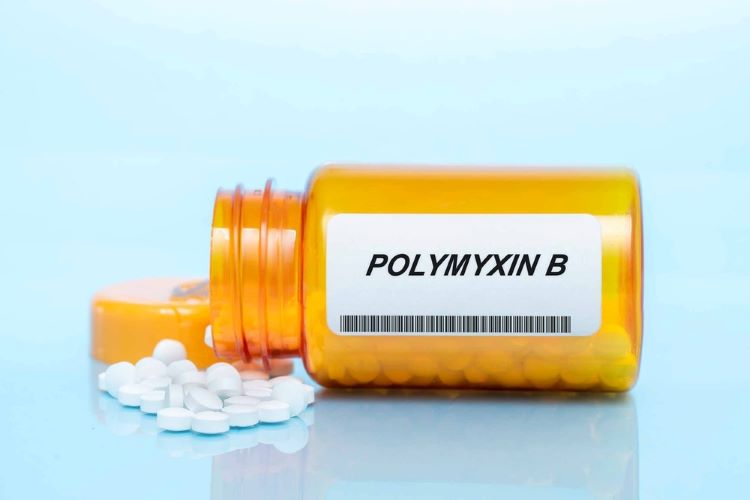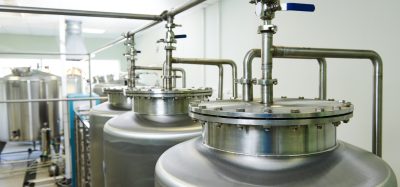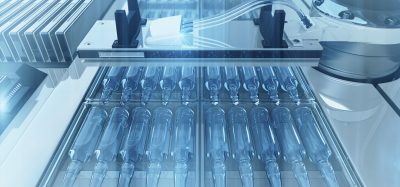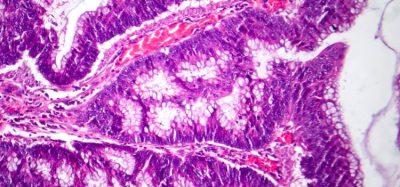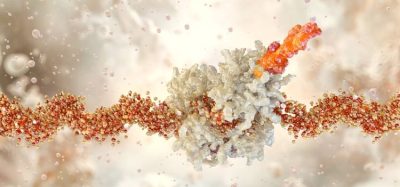Sustainable QC method for antimicrobial quantification
The new, cost-effective fluorimetric approach could help to mitigate clinical demand for the treatment of multidrug-resistant (MDR) bacterial infections.
A paper has reported the development of a rapid, environmentally friendly and sensitive fluorimetric method for the quantification of the antimicrobial medication Polymyxin B (Poly B).
The researcher’s approach enabled successful quantification of the drug’s ophthalmic and intravenous pharmaceutical forms “with an excellent degree of recovery”.
Chiefly, they aimed to use the amino group present in Poly B to develop a new fluorimetric strategy for its quantification.
Abdelmajed et al. highlighted that treating multidrug-resistant bacterial infections “remains a major unresolved clinical demand despite considerable progress across the scientific fields”.
Promisingly, the cyclic polypeptide protein Poly B has efficacy against multidrug-resistant Gram-negative bacteria, the authors explained.
Other benefits of the method proposed in the paper is its cost-effectiveness, supporting its applicability in routine quality control assay.
Data findings and results of the fluorimetric method
Relative fluorescence intensity (RFI) peaked at 60 to 90 °C. Heating at 80 °C for 15 minutes was the optimum thermal setting, the paper noted.
The authors reported that when assessing the fluorimetric method’s robustness, minor alterations did not significantly influence its performance “since the obtained relative standard deviation (RSD) did not exceed two percent”.
Sustainability of the approach
[The approach] had no extraction step, and the operation consumed less than 0.1 kW/h of energy for one sample”
According to the authors, two of the approach’s sustainability merits include that there is “no extraction step, and the operation consumed less than 0.1 kW/h of energy for one sample”.
To further dilute the final fluorescent product, ethyl alcohol was chosen as the optimal solvent to support sustainability of the experiment.
Moreover, the approach resulted in an Eco-Scale score of 90, which Abdelmajed et al. explained translates to an “outstanding greenness” level. They concluded that their novel approach therefore has potential to “successfully quantify the studied drug in quality control laboratories with a high degree of reproducibility and greenness”.
The paper on the fluorimetric method was published in BMC Chemistry.



